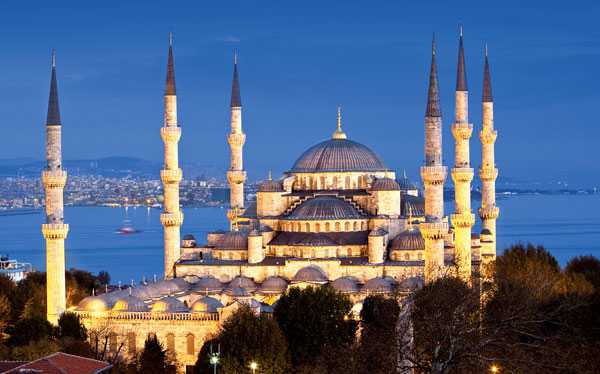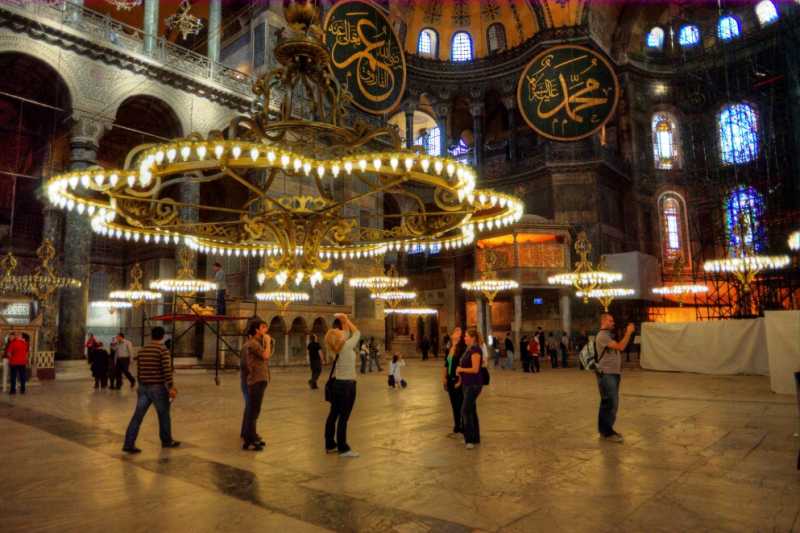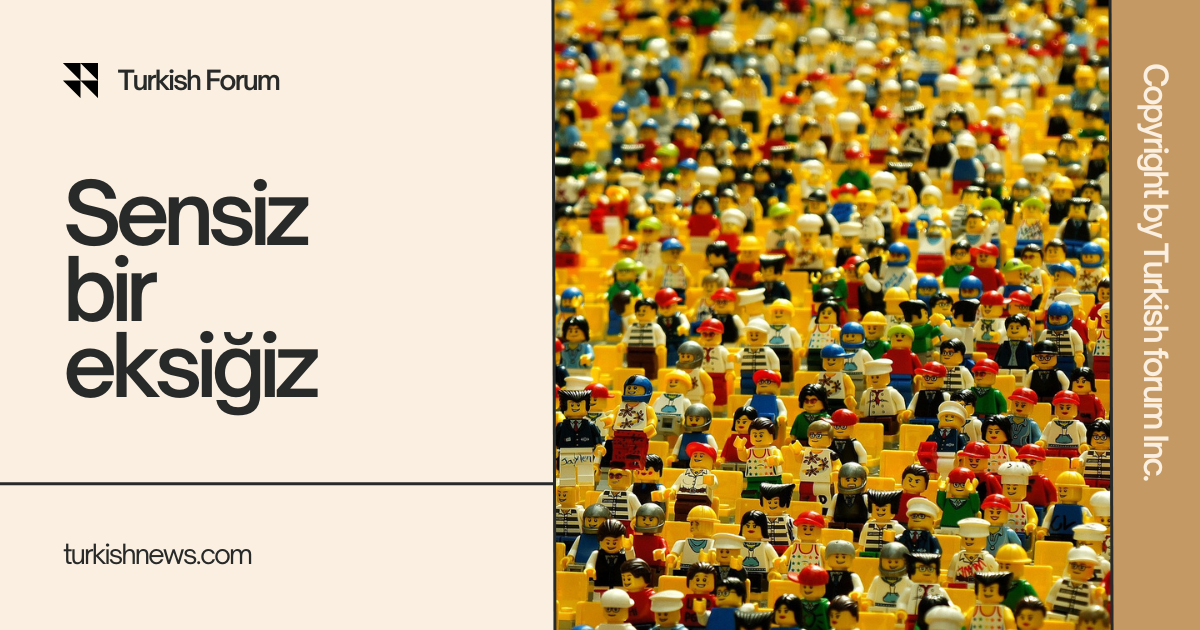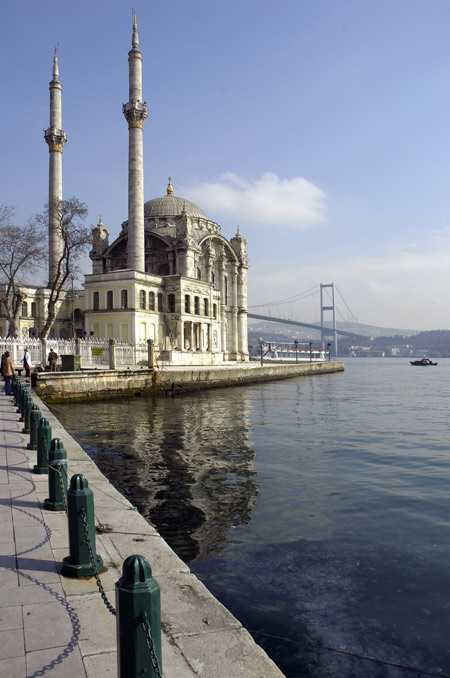New nonstop service isn’t the only reason to visit this ancient city.

WHY NOW
Turkish Airlines started nonstop service to Istanbul from Dulles in November, making it easier to visit one of the world’s most fascinating cities.
First-time visitors may be surprised at the size and beauty of Istanbul, a city of 13 million built on hills with sea vistas on all sides. The world’s only major city to span two continents—Europe and Asia—Istanbul is divided by the Bosphorus Strait.
Once known as Constantinople, the eastern capital of the Roman Empire, it became the center of the Byzantine and Ottoman empires. Today’s Istanbul blends the minarets and mosques, churches and palaces of the past with the energy of a modern metropolis.
WHAT TO DO
On the European side are the classic sights, such as the Old Town’s Sultanahmet Square and theBlue Mosque, named for the extraordinary blue tile work inside. The domes and six minaret spires, built from 1609 to 1616, are city symbols.
Hagia Sophia is nearby. An icon of Christianity, the church is a feat of design and engineering from the sixth century; its nave is topped by a 184-foot-high dome.
From there it’s a short walk to Topkapi Palace, built by Sultan Mehmet II from 1460 to 1478 and the home of Ottoman sultans for 400 years. Courtyards and pavilions offered lavish space for the sultans and their harems. Highlights include the throne room and the treasury, with its 86-carat Spoonmaker’s Diamond.
Other sights include Suleymaniye Mosque, built in the 1550s for Suleiman the Magnificent, and the colorful stalls of the Spice Bazaar, dating from the early 17th century.
Plan Tours’ City Sightseeing Tour is a hop-on, hop-off bus that offers an overview of the rest of Istanbul with English narration. From Sultanahmet Square, the open-top bus crosses fisherman-lined Galata Bridge and travels uphill to Taksim Square in the Beyoglu district, the heart of the new and fashionable. Take a walk down one of Europe’s busiest shopping streets, pedestrian-onlyIstiklal, lined with cafes and shops—from designer boutiques to an NBA shop and a fish market. You’ll see women in head scarves and others in miniskirts mingling peacefully. Ride the old-fashioned tram back up the hill to rejoin the bus and continue through old Jewish and Muslim neighborhoods and past ancient city walls.
Marble-domed Cemberlitas Baths in the Old Town is a popular place to experience the steaming and massaging of a Turkish bath. A boat ride on the Bosphorus offers a memorable view of the city skyline. TurYol boats offer 90-minute cruises from the Eminonu pier near the Old City side of the Galata Bridge.
DON’T MISS
The Grand Bazaar—one of the world’s oldest shopping malls, operating since the 1400s—is a labyrinth of thousands of shops and stalls in the Old City selling everything from tourist souvenirs to fine jewelry, ceramics, and carpets. Be alert for pickpockets, and be prepared to bargain.
WHERE TO EAT
Seafood is king in seaside Istanbul, and meals often begin with mezze, small Turkish dishes. In the Old Town, Balikci Sabahattin is an upscale place to sample both seafood and mezze.
The setting and Turkish/French cuisine also are excellent at Sarnic, a converted vaulted Byzantine cistern.
For a more modest tab, try the kebabs and other specialties at Buhara 93, and for a special lunch, visit pretty Pandeli upstairs over the Spice Bazaar.
Want to splurge? Seasons at the Four Seasons Hotel Istanbul at Sultanahmet is the place for continental fare as well as local specialities.
WHERE TO STAY
Hotels near Sultanahmet Square are convenient for sightseeing. Nine restored 19th-century houses make up the atmospheric 64-room Turing Ayasofya Konaklari (rooms from $104). Ottoman Hotel Imperial offers comfortable rooms in a restored 1800s school (from $138 with breakfast).
The modern Hotel Golden Horn Sultanahmet has many online specials (from $125 with breakfast). For celebrity followers, the city’s best-known hotel, Pera Palace in Beyoglu, is fresh off a renovation (from $368).
This article first appeared in the December 2010 issue of The Washingtonian.
Washingtonian




